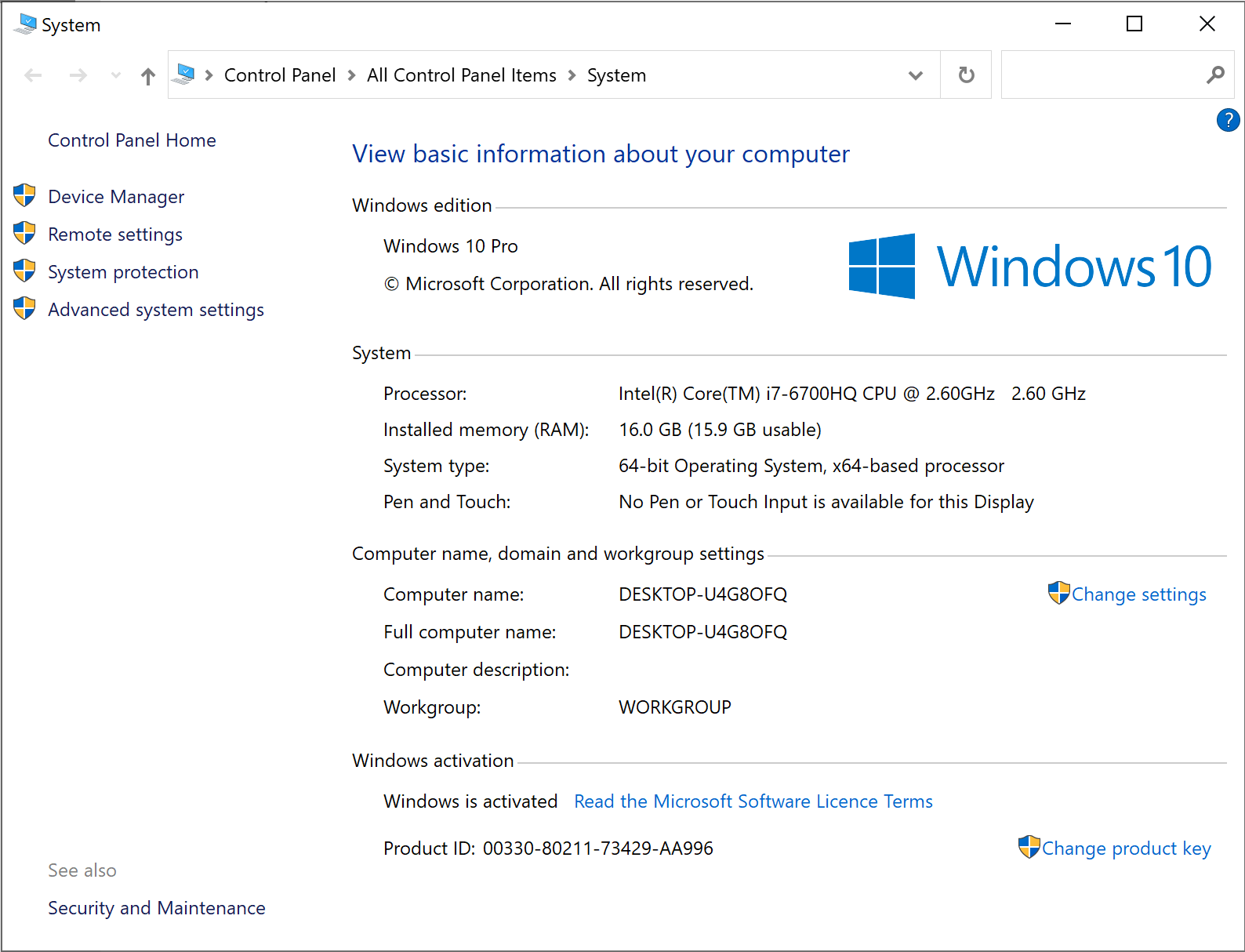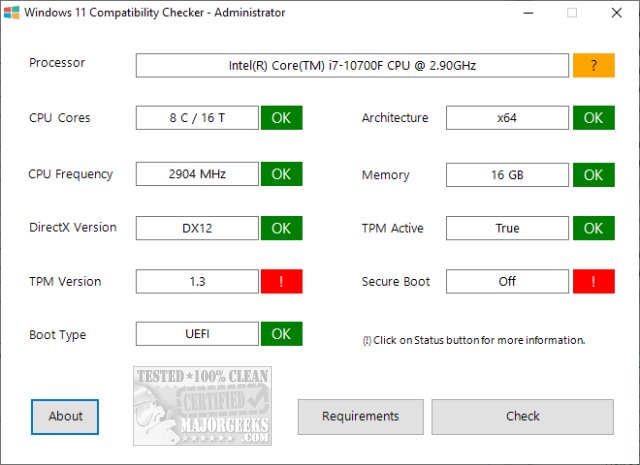
 Internet connection: Internet connectivity is necessary to perform updates, and to download and use some features.
Internet connection: Internet connectivity is necessary to perform updates, and to download and use some features. 
Display: High definition (720p) display, 9″ or greater monitor, 8 bits per color channel.TPM: Trusted Platform Module (TPM) version 2.0.System firmware: UEFI, Secure Boot capable.Graphics card: Compatible with DirectX 12 or later, with a WDDM 2.0 driver.
 Additional storage space might be required to download updates and enable specific features. Storage: 64 GB* or greater available storage is required to install Windows 11. Processor: 1 gigahertz (GHz) or faster with two or more cores on a compatible 64-bit processor or system on a chip (SoC). If your machine is compatible, you can download the Windows 11 update for free when it becomes available. To determine if your current PC will be able to run Windows 11, you can check out this list of system specifications on Microsoft's website, or in the chart below. Option 3: Check Microsoft's list of system specifications for Windows 11 Here's more information from TechRadar on how to use it to determine your own device's compatibility with Windows 11. The Github app, created by a developer not affiliated with Microsoft, has a less friendly interface, but it should give you more information and go into more detail about various potential compatibility issues. Option 2: Try the WhyNotWin11 app to check Windows 11 compatibilityĪn open-source app called WhyNotWin11 is a good alternative to the PC Health Check app. 5, but Microsoft is planning a staggered rollout, and many devices will not see the upgrade until 2022. The official Windows 11 release date was Oct. If your machine is compatible, you can download the Windows 11 update for free.
Additional storage space might be required to download updates and enable specific features. Storage: 64 GB* or greater available storage is required to install Windows 11. Processor: 1 gigahertz (GHz) or faster with two or more cores on a compatible 64-bit processor or system on a chip (SoC). If your machine is compatible, you can download the Windows 11 update for free when it becomes available. To determine if your current PC will be able to run Windows 11, you can check out this list of system specifications on Microsoft's website, or in the chart below. Option 3: Check Microsoft's list of system specifications for Windows 11 Here's more information from TechRadar on how to use it to determine your own device's compatibility with Windows 11. The Github app, created by a developer not affiliated with Microsoft, has a less friendly interface, but it should give you more information and go into more detail about various potential compatibility issues. Option 2: Try the WhyNotWin11 app to check Windows 11 compatibilityĪn open-source app called WhyNotWin11 is a good alternative to the PC Health Check app. 5, but Microsoft is planning a staggered rollout, and many devices will not see the upgrade until 2022. The official Windows 11 release date was Oct. If your machine is compatible, you can download the Windows 11 update for free.







 0 kommentar(er)
0 kommentar(er)
